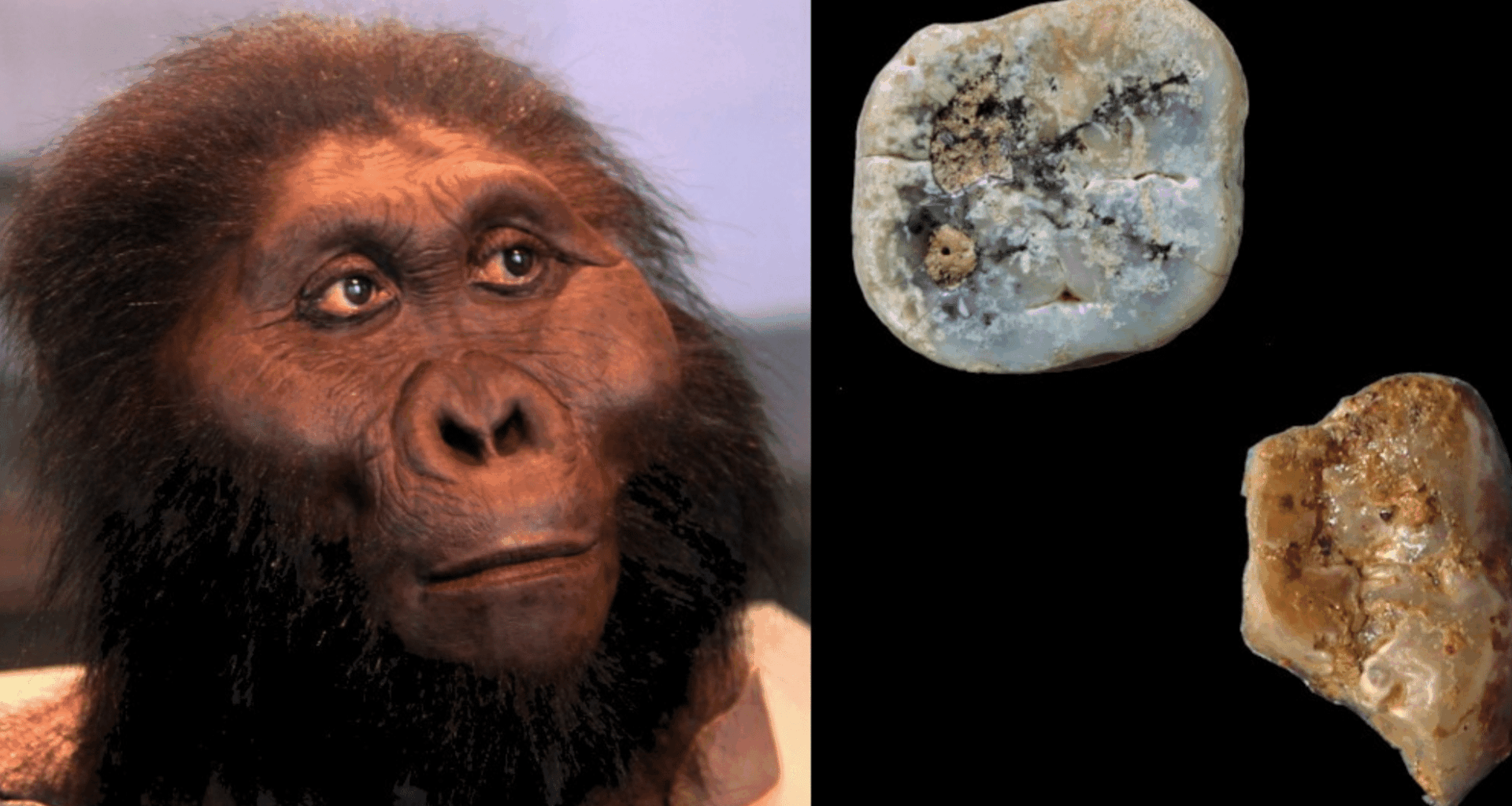The discovery of ancient tools linked to Paranthropus fossils is reshaping our understanding of human evolution. Traditionally, tool-making was considered exclusive to Homo species, but recent findings published in Science suggest that Paranthropus may have used and even created tools. This challenges previous assumptions and offers new insights into the diet, behavior, and survival strategies of early hominins.
The Unexpected Toolmakers: A Paradigm Shift in Hominin Evolution
For years, the creation of tools was thought to be a defining characteristic of the genus Homo, particularly Homo habilis, often referred to as “handyman.” However, groundbreaking research has cast doubt on this long-held belief. The new findings indicate that the Paranthropus genus, which thrived for nearly 1.5 million years in Africa, might have been engaged in tool-making activities long before Homo species emerged on the evolutionary scene.
Professor Thomas Plummer, the lead author of a pivotal study on these finds, state,
“This is one of the oldest – if not the oldest – examples of Oldowan technology anywhere in the world.”
This discovery, involving stone tools associated with Paranthropus fossils, is pushing the boundaries of what we know about early hominin tool use. These tools, traditionally considered part of the Oldowan technology—widely regarded as the first form of stone tool technology—were long thought to be the hallmark of early Homo species. However, the evidence now suggests that Paranthropus may have been involved in creating these tools, raising profound questions about their role in human evolution.

Unraveling the Mystery of Early Hominin Diets and Tool Use
For centuries, scientists assumed that early hominins were primarily vegetarians, relying on plant-based diets like many of their primate relatives. Yet, the discovery of tools linked to Paranthropus fossils hints at a far more dynamic and adaptive dietary strategy. The tools found alongside these fossils were not just crude implements; they were used for complex tasks that allowed early hominins to process a wide variety of both plant and animal materials.
Professor Fred Spoor, a leading researcher in human evolution, commented,
“Our research shows this toolkit was more widely distributed at an earlier date than people realized, and that it was used to process a wide variety of plant and animal tissues.”
This insight underscores the adaptability of early hominins, including Paranthropus, in expanding their diets by using tools to access new food sources that would have been otherwise out of reach.
This adaptability also challenges the traditional view of Paranthropus as a specialist in processing only tough, fibrous plant material. As Dr. Rick Potts, senior author of the study, pointed out,
“With these tools, ancient hominins can crush better than an elephant’s molar can and cut better than a lion’s canine can.”
These tools not only provided an advantage in breaking down plant material but also allowed Paranthropus to exploit animal tissues, marking a significant shift in their survival strategies.

The Oldowan Revolution: An Early Leap in Technological Innovation
The tools associated with Paranthropus fossils align with the Oldowan tool tradition, a hallmark of early human technological innovation. These tools, characterized by simple flakes and cores, represent one of the earliest forms of stone technology, allowing hominins to access a broader range of food sources. The recent findings suggest that the Oldowan technology predates the appearance of Homo species by several hundred thousand years, pushing the timeline for tool use further back into our evolutionary history.
“Not only are these Paranthropus fossils among the oldest ever found, but they also hint that this ancient hominin might have used, and perhaps even made, tools to expand its diet,” said Professor Fred Spoor.
This revelation is reshaping our understanding of the technological capabilities of early hominins, suggesting that the tools once thought to be the exclusive domain of Homo species might have been shared by their evolutionary cousins.
Expanding the Timeline: Evidence of Early Dietary Shifts
In addition to challenging our understanding of tool use, these discoveries are also shedding light on the diets of early hominins. Previous research suggested that around 2.4 million years ago, early Homo species began incorporating more C4 plants, such as grasses, into their diet. However, the recent paper argues that this dietary shift could have occurred even earlier, during the time of Paranthropus.
Fred Spoor notes,
“Previous research has suggested that more C4 plants were being included in the diet around 2.4 million years ago, but this paper suggests it was happening even earlier.”
If this hypothesis proves correct, it would mean that early hominins, including Paranthropus, were already exploiting a broader range of food sources much earlier than previously thought. The availability of grasses and other C4 plants in certain regions could have driven this opportunistic dietary shift, providing a critical survival advantage in the challenging African savannah.
The Broader Implications for Human Evolution
These findings are not just about rethinking Paranthropus and its diet; they have broader implications for the evolutionary trajectory of our genus. If Paranthropus, with its robust build and small brain, could use tools to adapt to changing environmental conditions, it suggests that other hominin species may have similarly relied on innovative survival strategies long before Homo species emerged.
Dr. Potts reflects on the broader significance of the tools, saying,
“For ancient humans, Oldowan technology was like suddenly evolving a brand-new set of teeth outside the body, and it opened up a new variety of foods on the African savannah to our ancestors.”
This comparison highlights the transformative nature of tool use, allowing early hominins to extend their ecological niche and compete with other species for resources. The advent of tool-making would have been a crucial step in the cognitive and cultural evolution of humanity, shaping the way early humans interacted with their environment and each other.

